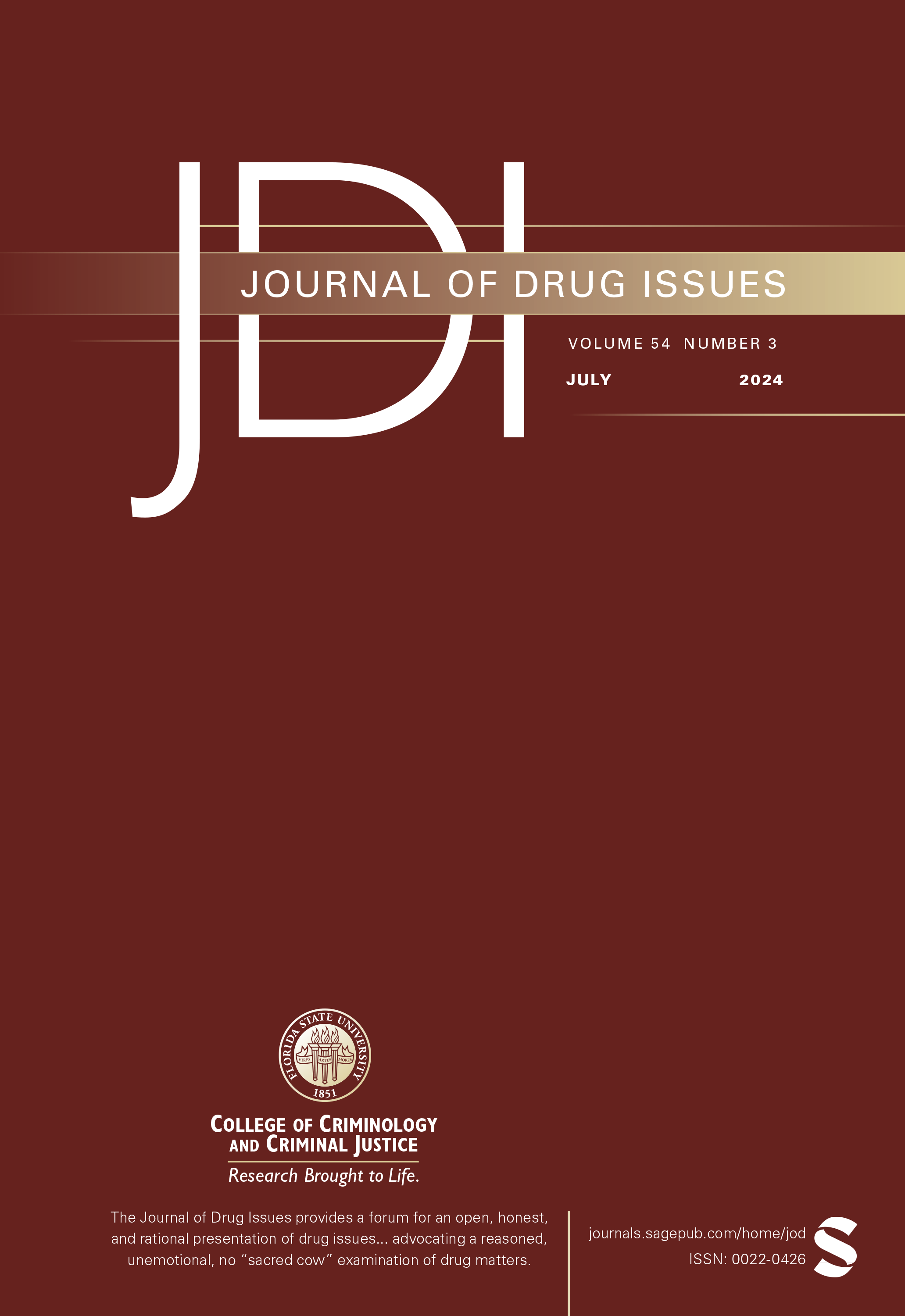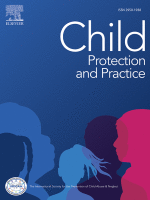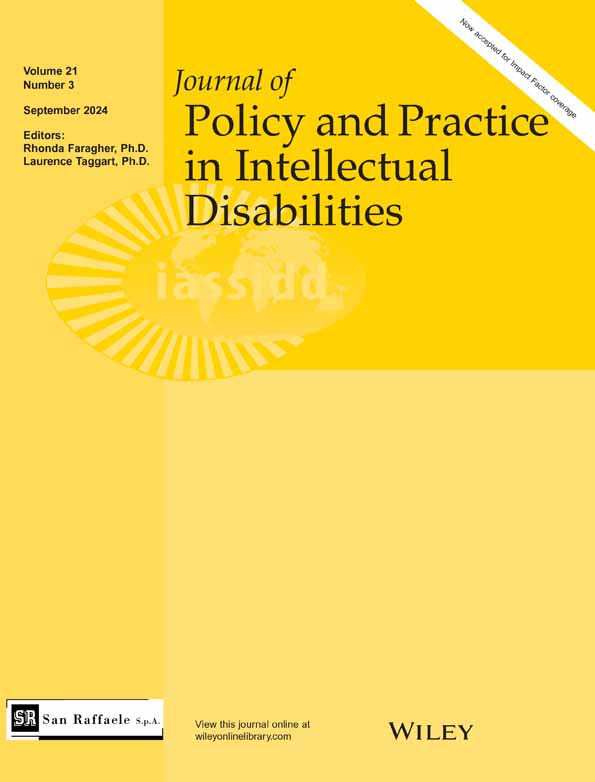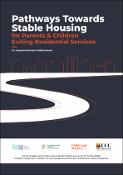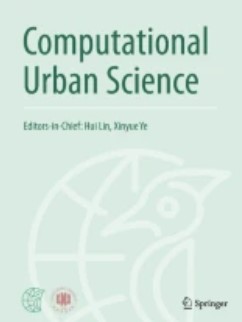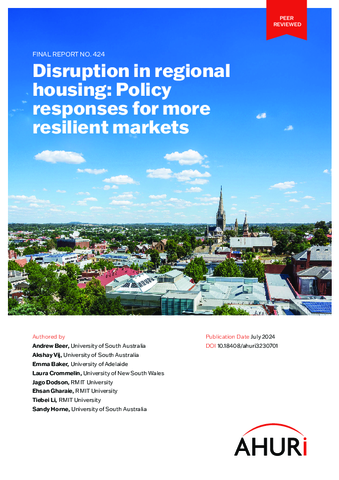Home Research / Reports Page 23
Research / Reports
- Research
This article provides initial exploratory analysis of available linked data. In order to improve FDV research insights, it will be important to expand the coverage of FDV identification in linked national data.
- Research
Many people experiencing a substance use disorder and/or homelessness have trauma histories. There has not been a review of trauma-informed care (TIC) intervention outcomes among these populations.
- Research
Children now reside in motel rooms intended for seven-day emergency stays for much longer periods of time. Ten key-informant interviews were conducted with service providers supporting children residing in motels in the Waikato region.
- Research
The current study reports on the lived experience of homelessness for a sample of people with ID and/or ASD and families supporting adult /children with ID/ASD. Their stories illuminate the complexity and challenges in securing a stable, safe and secure home.
- Research
This research documents the necessity of including parents and children exiting tertiary services, who are facing homelessness and housing instability, in future policy development.
- Research
This paper departs from a community-identified problem with conventional life skills programming and uses sociological tools to address it. Community partners have expressed a need for a life skills curriculum that is inclusive, representing the intersecting needs and experiences of a diversity of clients, and that will address budgetary constraints of NFP organizations.
- Research
This paper reviews a large number of scholarly articles in the housing field spanning the last thirty years, from 1993 to 2022 by implementing bibliometric analysis method.
- Research
This AHURI research examined housing trends and the processes of delivering affordable housing supply in rural and regional Australia. These rural and regional housing markets have faced substantial challenges for more than three decades, including poor housing affordability; under-developed supply chains; the shortage of skilled and unskilled labour force; increasing demand for housing in some localities, while other centres decline; together with limited policy attention to the specific needs of rural and regional Australia.


